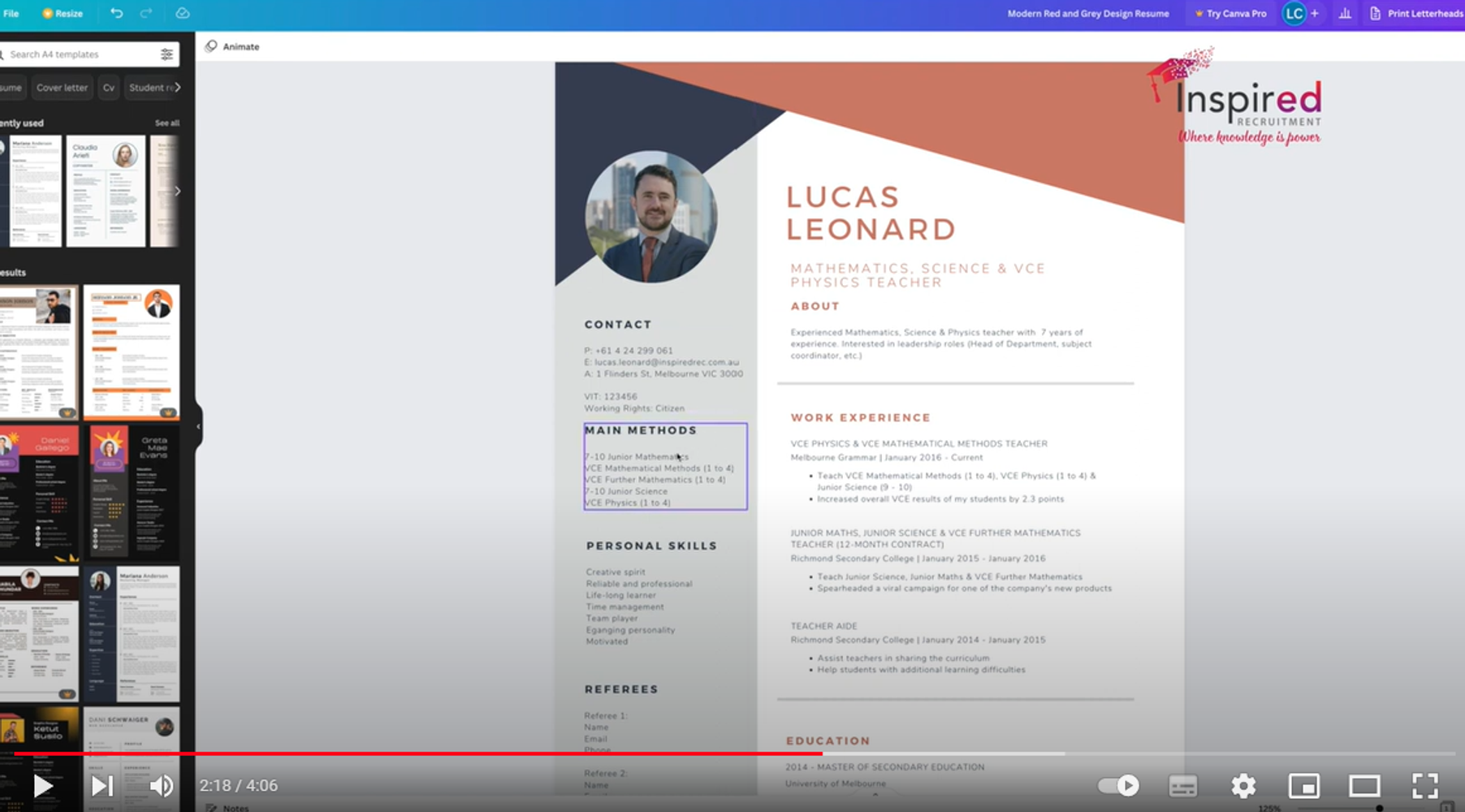Leading Through Change: The Evolving Role of School Principals in 2026
Few roles in Australia are as complex, demanding and rewarding as that of a school principal. Balancing leadership, wellbeing, staffing, compliance and community expectations has always required resilience, but the landscape heading into 2026 is changing faster than ever before.
As the education sector continues to evolve, principals are navigating new challenges and opportunities that shape not only their schools but the future of teaching across the country.
A New Era of Educational Leadership
The role of a principal has never been confined to managing operations. Today’s leaders are visionaries, culture builders and change navigators. They are the link between policy and practice, driving innovation in teaching and learning while supporting the wellbeing of their staff and students.
According to the Australian Institute for Teaching and School Leadership (AITSL) framework, effective school leadership remains one of the most significant factors influencing student outcomes. As expectations rise, principals are leading through an era defined by workforce shortages, shifting curriculum priorities and increasing administrative demands.
Yet despite the pressures, principals continue to lead with purpose. They are finding new ways to foster collaboration, nurture teacher development and maintain positive learning environments.
Balancing Operational Pressures with People Leadership
Recent research from the Australian Principal Occupational Health, Safety and Wellbeing Survey revealed that more than half of Australian principals are working upwards of 55 hours per week, with many citing workload and staffing shortages as key stressors.
While these pressures are significant, they also highlight the need for structural support around leadership. Schools that provide principals with strong deputy networks, clear succession planning and access to professional development create the stability that benefits entire communities.
Leadership in 2026 will rely not just on the ability to manage change, but to bring people along for the journey. That means prioritising empathy, communication and collaboration in every decision.
Workforce Planning Starts with Leadership
Australia’s teacher shortage continues to dominate headlines, but the solutions often begin with principals. Forward thinking leaders are planning early, building pipelines of graduate teachers and identifying emerging leaders within their own teams.
Strategic workforce planning allows schools to anticipate staffing needs, avoid last minute recruitment challenges and maintain continuity for students. According to the Australian Bureau of Statistics, education remains one of the fastest growing employment sectors nationwide, yet demand for qualified teachers still exceeds supply.
Principals who plan proactively are creating environments where staff can thrive, balancing experience with fresh ideas and ensuring that each new appointment strengthens the school’s long term vision.
The Human Side of Leadership
Principalship has always been about people. Leading through change requires more than strategic planning, it demands genuine care for staff wellbeing and development.
Teachers are more likely to stay when they feel valued, heard and supported. The 2024 Australian Teacher Workforce Data Report highlights that leadership quality remains one of the strongest predictors of teacher retention.
Principals who invest in mentoring programs, regular communication and recognition initiatives build cultures where teachers can do their best work. In turn, that sense of trust and belonging flows directly into student outcomes.
Adapting to Technology and Innovation
Technology continues to reshape classrooms, but it is also redefining leadership. From digital learning platforms to data informed decision making, principals are embracing tools that help them understand performance, wellbeing and engagement in real time.
Embracing innovation does not mean adopting every new platform, it means choosing what supports both teachers and students effectively. As technology advances, principals are the bridge between innovation and inclusion, ensuring that digital progress strengthens human connection rather than replacing it.
Looking Ahead to 2026 and Beyond
The next generation of school leadership will be defined by adaptability, compassion and vision. The role of a principal will continue to expand, but so will the opportunities to lead with impact.
Principals who prioritise wellbeing, invest in their teams and plan ahead will shape schools that thrive through change. With strong support, collaboration and strategic partnerships, they can continue to deliver outstanding education for their students and sustainable careers for their teachers.
At Inspired Recruitment, we work closely with principals and school leadership teams across Australia to help them build future ready workforces. Whether planning for next year or preparing for long term growth, our goal is to support those who lead education forward.
If your school is preparing for 2026, connect with the
Inspired Recruitment team. Together, we can build a future where principals, teachers and students all succeed.












